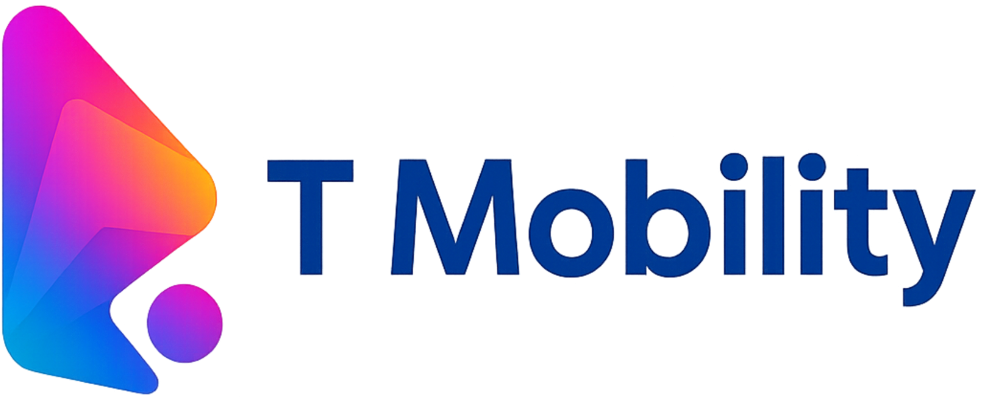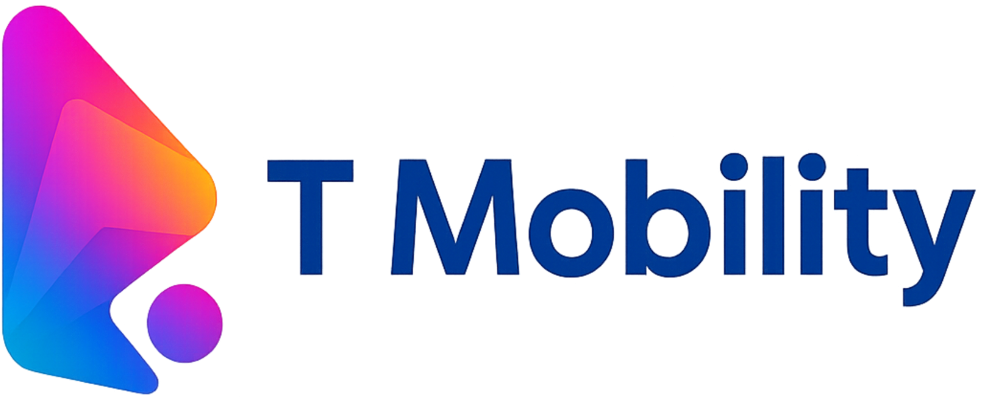Transforming Workspaces: The Rise of Smart Offices
The Smart Office concept is revolutionizing how businesses operate, making workspaces more efficient, flexible, and technologically integrated. By combining advanced connectivity, IoT devices, and data-driven management, smart offices are designed to enhance productivity while reducing operational costs. Companies across industries are increasingly recognizing the value of this transformation, pushing the Smart Office Market toward unprecedented growth.
One of the key technologies supporting smart office infrastructure is the Fiber Bragg Grating Sensor. This sensor technology enables precise monitoring of structural changes and environmental parameters, ensuring optimal comfort and safety within office spaces. Additionally, solutions like the Ball Grid Array Microcontroller Socket are crucial for integrating microcontrollers into smart devices, ensuring seamless communication between various components of the office ecosystem.
Understanding the Smart Office Industry
The Smart Office Industry is evolving rapidly, driven by innovations in automation, AI-driven analytics, and cloud connectivity. Organizations are leveraging smart systems to streamline daily operations, manage energy consumption, and improve employee well-being. The Smart Office Market Size is expanding as businesses adopt technologies that enable remote monitoring, automated scheduling, and intelligent workspace management.
The Smart Office Market Share Size is influenced by factors like corporate digital transformation, the rise of hybrid work models, and increasing demand for eco-friendly office solutions. Companies focusing on energy efficiency, advanced security protocols, and employee-centric designs are seeing significant benefits in productivity and cost savings.
Key Trends and Growth Drivers
Several Smart Office Market Trends Size are shaping the future of workplaces. Smart lighting, adaptive HVAC systems, and AI-enabled meeting room management are becoming standard components. The adoption of IoT devices and real-time data analytics allows organizations to optimize space utilization and enhance operational efficiency.
The ongoing Smart Office growth is fueled by the increasing need for flexible work environments and the integration of smart building technologies. Additionally, emerging Smart Office trends like personalized workspaces, interactive collaboration tools, and predictive maintenance solutions are redefining the office experience.
Forecast and Analysis
According to the latest projections, the Smart Office forecast indicates sustained expansion across key regions, with rising interest in fully connected and intelligent workplaces. Organizations are prioritizing technologies that support hybrid models, improve employee engagement, and reduce energy consumption. The Smart Office analysis highlights a clear correlation between technology adoption and operational efficiency, positioning smart offices as a central element of modern business strategy.
With the growing Smart Office demand, companies are investing in systems that provide actionable insights, enhance security, and create adaptive work environments. From smart meeting rooms to sensor-driven lighting and climate control, the integration of advanced technologies is setting a new standard for workplace efficiency and employee satisfaction.
- Art
- Causes
- Crafts
- Dance
- Drinks
- Film
- Fitness
- Food
- Games
- Gardening
- Health
- Home
- Literature
- Music
- Networking
- Other
- Party
- Religion
- Shopping
- Sports
- Theater
- Wellness


